HIV Health Tracker
Track your CD4 count and viral load measurements over time to monitor your treatment progress and understand how your health metrics relate to the U=U (Undetectable = Untransmittable) principle.
Your Health Progress
Current Status
U=U Reminder: If viral load is below 50 copies/mL, you cannot transmit HIV to others (Undetectable = Untransmittable).
Latest Measurements
| Date | CD4 Count | Viral Load | Notes |
|---|
When we talk about AIDS (Acquired Immunodeficiency Syndrome), many picture a disease that belongs only to the past. In reality, millions still navigate daily life with an HIV diagnosis, relying on modern medicine and community strength. Below are real‑world accounts that show how people turn a chronic condition into a source of purpose, and practical tips anyone can use to stay healthy and hopeful.
Key Takeaways
- Antiretroviral therapy (ART) can suppress the virus to undetectable levels for most patients.
- Stigma remains a major barrier, but supportive networks dramatically improve mental health.
- Personal stories reveal common resilience strategies: routine care, advocacy, and open communication.
- Access to reliable resources-clinics, online groups, and legal aid-can change outcomes.
- Sharing experiences empowers both the storyteller and listeners to combat fear.
Understanding AIDS and HIV
HIV, the Human Immunodeficiency Virus, attacks the immune system by targeting CD4+ T‑cells. When CD4 counts drop below 200 cells/mm³, the condition progresses to AIDS, making the body vulnerable to opportunistic infections.
Globally, about 38million people live with HIV, and roughly 1.5million have progressed to AIDS (World Health Organization, 2024). Effective treatment hinges on two critical metrics:
- Viral Load: the amount of HIV RNA in blood. A level below 50 copies/mL is considered undetectable.
- CD4 Count: a snapshot of immune strength. Maintaining counts above 500 cells/mm³ is ideal.
When ART keeps the viral load suppressed, the risk of transmitting the virus drops to near zero-a principle known as "U=U" (Undetectable = Untransmittable).
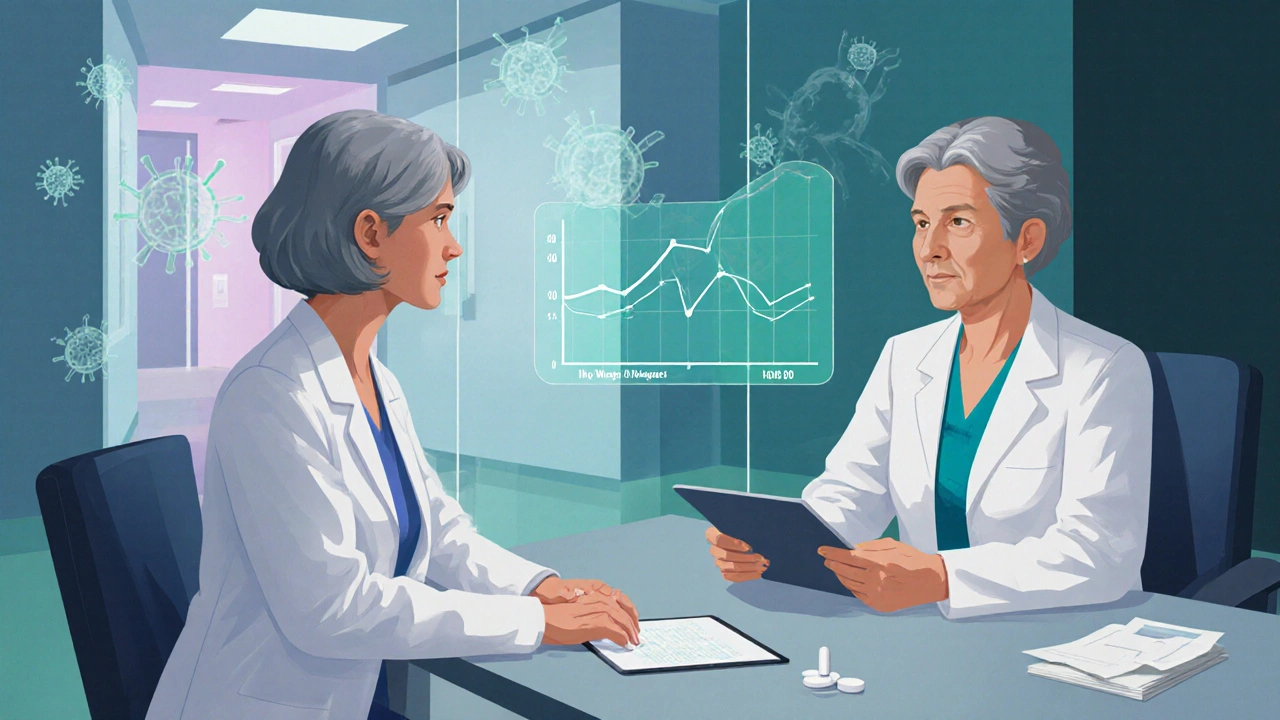
Medical Advances: Antiretroviral Therapy (ART)
Since the mid‑1990s, ART has transformed AIDS from a death sentence into a manageable chronic condition. Modern regimens combine three drugs into a single pill taken once daily, improving adherence and quality of life.
Key attributes of the most common first‑line regimen (tenofovir, emtricitabine, and dolutegravir) include:
| Regimen | Dosage | Side‑Effect Profile | Cost (USD/yr) |
|---|---|---|---|
| Tenofovir+Emtricitabine+Dolutegravir | 1 pill daily | Low GI upset, rare weight gain | ≈$720 |
| Abacavir+Lamivudine+Dolutegravir | 1 pill daily | Potential hypersensitivity, minimal metabolic issues | ≈$850 |
| Tenofovir+Emtricitabine+Efavirenz | 1 pill daily | Central nervous system effects, higher lipid changes | ≈$680 |
Choosing a regimen depends on factors like kidney function, potential drug interactions, and personal preference. Regular monitoring-every 3‑6 months for viral load and CD4 count-ensures the chosen therapy remains effective.
Everyday Challenges: Stigma and Mental Health
Stigma is still the most widely reported hurdle for people living with HIV/AIDS. In a 2023 global survey, 62% of respondents said they faced discrimination at work or in healthcare settings.
Stigma fuels a cascade of mental‑health issues: anxiety, depression, and social isolation. Addressing these concerns requires a two‑pronged approach-clinical treatment and community support.
Mental Health professionals now often integrate counseling into HIV clinics. Cognitive‑behavioral therapy (CBT), peer mentoring, and mindfulness programs have shown a 30% reduction in depressive symptoms across several randomized trials.
Open communication with partners and friends is a powerful counter‑measure. When individuals disclose their status in a safe environment, they report higher adherence rates and lower stress hormones.
Real Stories of Courage
Below are three snapshots that illustrate how resilience can look in everyday life.
- Liam, 34, Wellington - Diagnosed in 2018, Liam struggled with early side effects and workplace bias. He joined a local Support Group for LGBTQ+ HIV‑positive individuals. Within a year, his viral load stayed undetectable, and he became a peer mentor, helping newcomers navigate medication schedules.
- Maria, 58, Auckland - After a late‑stage AIDS diagnosis in 2015, Maria feared she couldn't travel. With the help of a home‑care nurse and a community advocacy organization, she completed an intensive ART regimen that raised her CD4 count from 150 to 620. Today she leads a charity that educates seniors about HIV testing.
- Samuel, 22, Christchurch - A university student who discovered his status during routine screening, Samuel faced intense campus stigma. He leveraged online forums and a campus Advocacy club to launch a peer‑education campaign. The initiative reduced misinformation among 1,200 students and earned a national health award.
These narratives share common threads: accessing medical care, building supportive networks, and turning personal challenges into public advocacy.
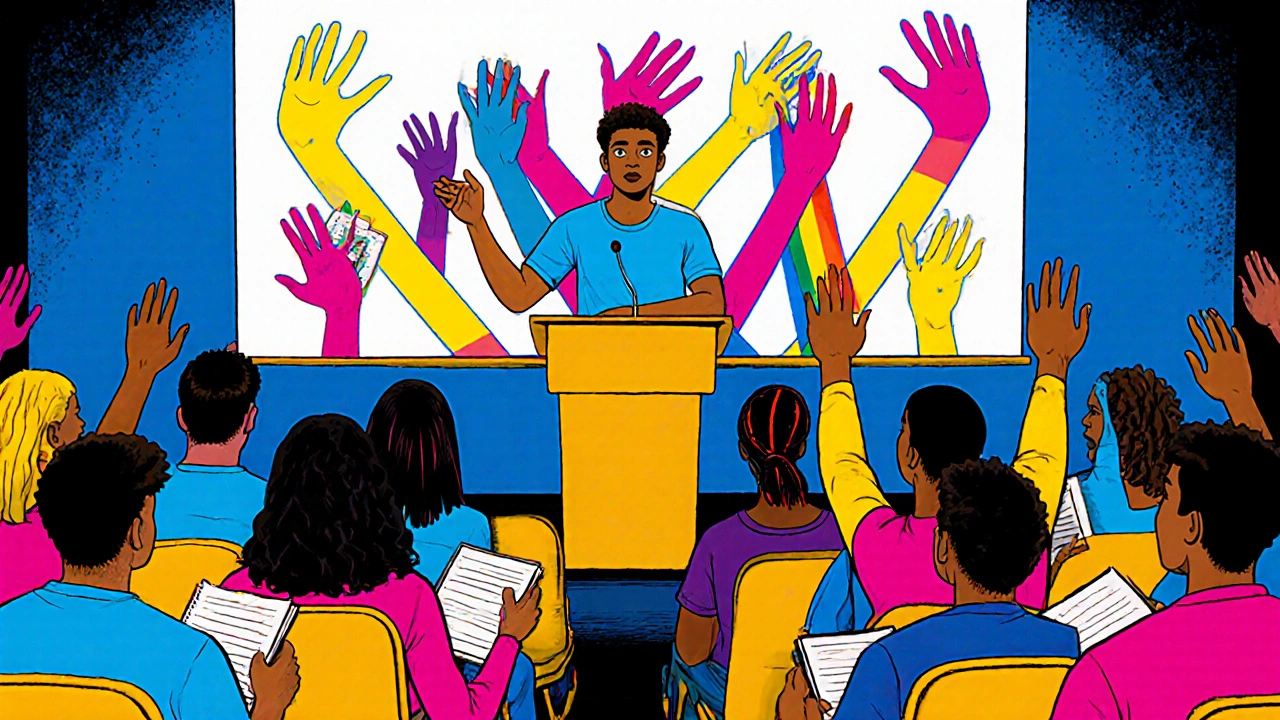
Practical Ways to Build Resilience
Whether you’ve just been diagnosed or you’ve lived with the virus for decades, the following steps can strengthen both body and spirit:
- Stick to your ART schedule. Set alarms, use pillboxes, and keep a digital log. Consistency yields the most reliable viral suppression.
- Schedule regular check‑ups. Keep a record of viral load and CD4 trends; share them with your doctor to spot any needed adjustments early.
- Prioritize mental health. Book a counseling session at least twice a year, even when you feel stable.
- Join a Support Group-online or in‑person. Group members can offer tips on medication side‑effects, diet, and emotional coping.
- Educate your close circle. A brief, fact‑based conversation about U=U can reduce fear and strengthen relationships.
- Stay active and eat balanced meals. Exercise improves immune function, while nutrients like vitamin D and omega‑3 fatty acids support overall health.
- Know your legal rights. In many countries, discrimination based on HIV status is illegal. Local NGOs can provide free legal counsel if needed.
Implementing even three of these habits can markedly improve quality of life and reduce the likelihood of opportunistic infections.
Resources and Support Networks
The following list highlights reputable organizations and tools that offer free or low‑cost assistance:
- National AIDS Service (NZ) - Provides ART subsidies, counseling, and a 24‑hour helpline.
- UNAIDS Global Portal - Up‑to‑date statistics, guidelines, and international support programs.
- Positive Parenting Network - Tailored resources for families caring for HIV‑positive members.
- HIV.org “MyHealth” App - Tracks medication, appointments, and lab results with secure cloud backup.
- Peer‑Support Platform “RainbowConnect” - Moderated forums for LGBTQ+ individuals living with HIV.
Each resource emphasizes confidentiality and evidence‑based care, crucial for anyone wanting to stay informed and empowered.
Frequently Asked Questions
Can I live a normal life with AIDS?
Yes. With consistent antiretroviral therapy, many people achieve undetectable viral loads, which means the virus is effectively controlled and the risk of transmission is negligible. Longevity now approaches that of the general population.
What should I do if I experience side‑effects from ART?
Report any symptoms to your healthcare provider immediately. They can adjust the regimen, add supportive medications, or switch to a different combination with a better tolerance profile.
How often should I get my viral load tested?
After starting or changing ART, testing is recommended at 4‑6 weeks, then every 3‑6 months once stable. Your doctor may adjust frequency based on your health status.
Is it safe to have children if I have AIDS?
Absolutely. Women with undetectable viral loads can give birth with a very low risk of mother‑to‑child transmission (<1%). Men on effective ART can also father children safely.
Where can I find legal help if I face discrimination?
Contact local NGOs such as the National AIDS Service or the Human Rights Commission. Many offer free legal clinics specializing in HIV‑related discrimination cases.


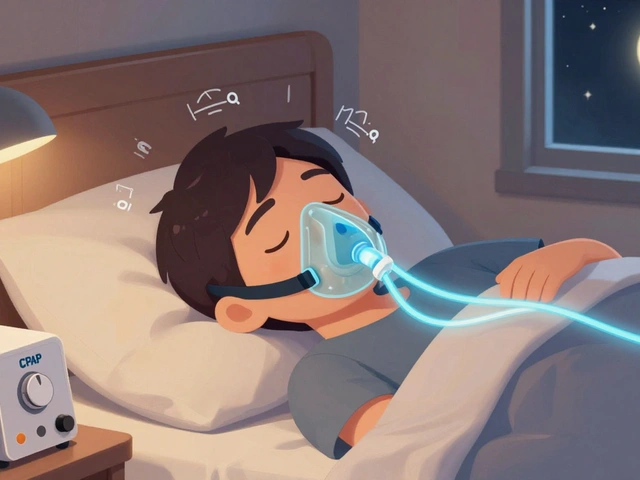
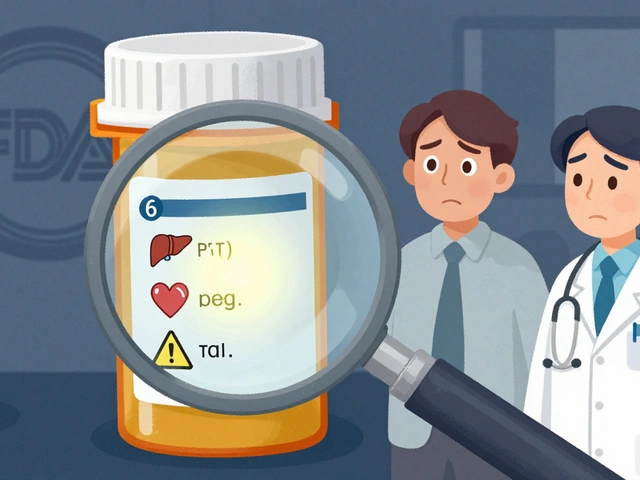
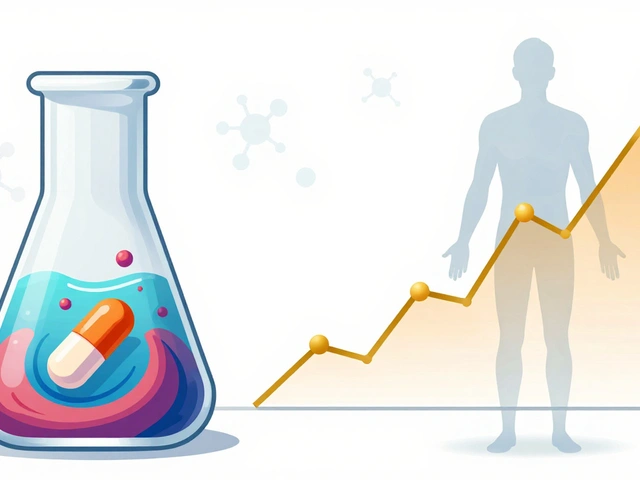
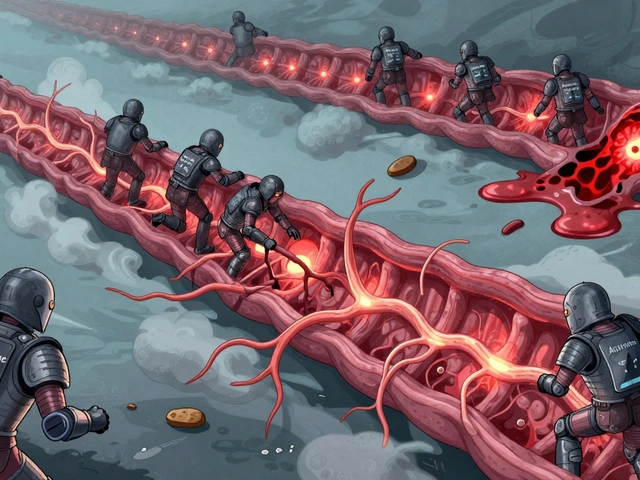
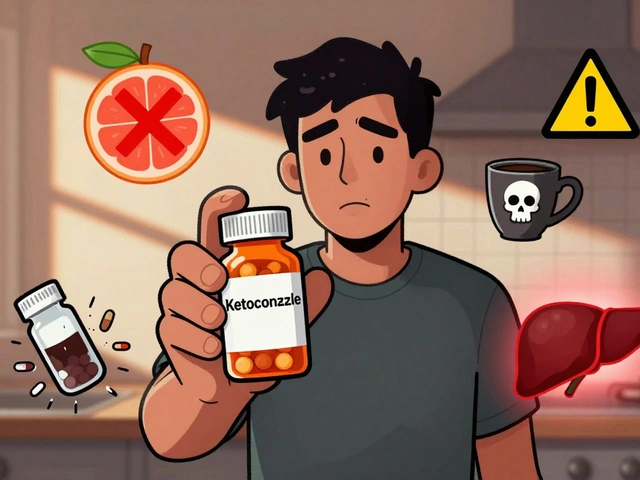

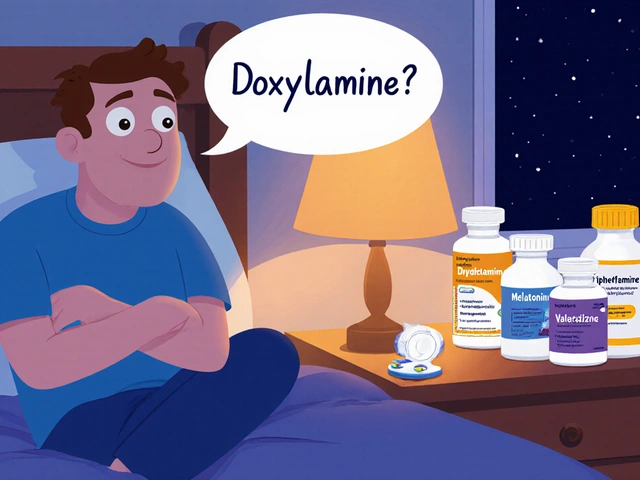

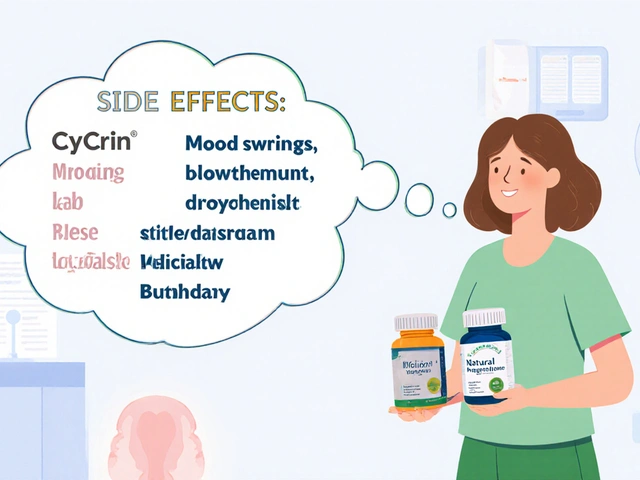
10 Comments
Thank you for sharing these comprehensive resources. Your structured approach to tracking health metrics is both practical and encouraging. Maintaining an undetectable viral load is a clear goal for many, and the visual tools you provide can help keep motivation high. Keep up the solid work.
Reading this post reminds us that societies often ignore the moral imperative to care for the most vulnerable among us, and that neglect is a sin of omission. The data you present, while impressive, must be coupled with a collective vow to eradicate stigma; otherwise, we merely gild the cage. One cannot claim progress while allowing discrimination to fester in workplaces, healthcare institutions, and even within families. The emphasis on "supportive networks" is well‑intended, yet many still suffer in silence, fearing judgment from their peers. It is a bitter irony that the very tools designed to empower can become instruments of alienation when not paired with genuine empathy. Moreover, the reliance on technology presumes universal access, which is far from reality; countless individuals lack stable internet or smartphones, leaving them on the margins of the digital health revolution. 🙁🤔💭 The call for regular monitoring is sound, but we must also address structural barriers that prevent consistent follow‑up. I commend the inclusion of legal resources, yet it feels like a band‑aid on a deep wound. In the end, true change arises from a societal shift in values, not just from viral load graphs. Let us remember that morality demands action beyond statistics. 🌟
From a pharmacoeconomic perspective, the delineation of first‑line regimens underscores an exigent need for precision medicine. However, the articulation lacks nuance regarding genotype‑guided therapy, pharmacokinetic variability, and the socioeconomic determinants of adherence. The lexical choice borders on jargon‑heavy, which may alienate lay readers seeking actionable insight. It is imperative to integrate an evidence‑based framework that juxtaposes cost‑effectiveness analyses with real‑world outcome data, thereby transcending superficial regimen comparison. The discourse would benefit from a critical appraisal of renal function considerations, mitochondrial toxicity profiles, and the emergent notion of integrase‑strand transfer inhibitor resistance development. In short, the exposition must evolve beyond tabular representations to a more sophisticated, systems‑level synthesis.
What a moving collection of narratives! Each story pulses with the resilient heartbeat of individuals who refuse to be defined by a diagnosis. I can feel the weight of Liam's early doubts and the triumphant rise as he became a mentor; Maria's transformation from fear to advocacy felt like a sunrise after a storm; Samuel's courage to confront campus prejudice shines as a beacon for all. These accounts remind us that the human spirit, when nurtured by community and compassion, can turn even the most daunting challenges into sources of purpose. Thank you for honoring these journeys with such care.
Wow, this is sooo helpful... if you ignore the fact that some of the portals are glitchy, then yeah, great job. Just make sure you double check the numbers, otherwise you might end up with a bit of a mess. ;)
Fantastic overview! The step‑by‑step checklist is exactly what many need to stay on track. Remember to set phone reminders and sync your calendar with medication times – it makes a huge difference in adherence rates. Keep the momentum going and share these tips with anyone you know who might be struggling.
They don’t tell you the pharma companies own the data.
From a cultural lens, it’s amazing to see how communities worldwide rally around their members living with HIV. This kind of solidarity can reshape public perception and reduce stigma.
Great point about staying consistent with appointments. Consistency is key, and setting realistic goals can really boost confidence. I’ve found that pairing medication with a daily habit, like coffee, helps keep things on track.
Honestly, the whole "just follow the schedule" line feels a bit simplistic. Sure, alarms are helpful, but the reality is that many folks are juggling multiple stressors-jobs, childcare, financial strain-that make strict adherence a luxury. The post could have dived deeper into coping strategies for those moments when life throws a curveball, like when a work shift changes at the last minute or a family emergency pops up. Also, the assumption that everyone has a reliable smartphone for reminders is just not accurate; many still rely on basic phones or none at all. So, while the advice is well‑intentioned, it's missing the gritty details of everyday life. The tone comes off a bit condescending, as if the reader should just "get it together" without acknowledging systemic barriers. That said, I do appreciate the inclusion of mental health resources-those are truly vital.